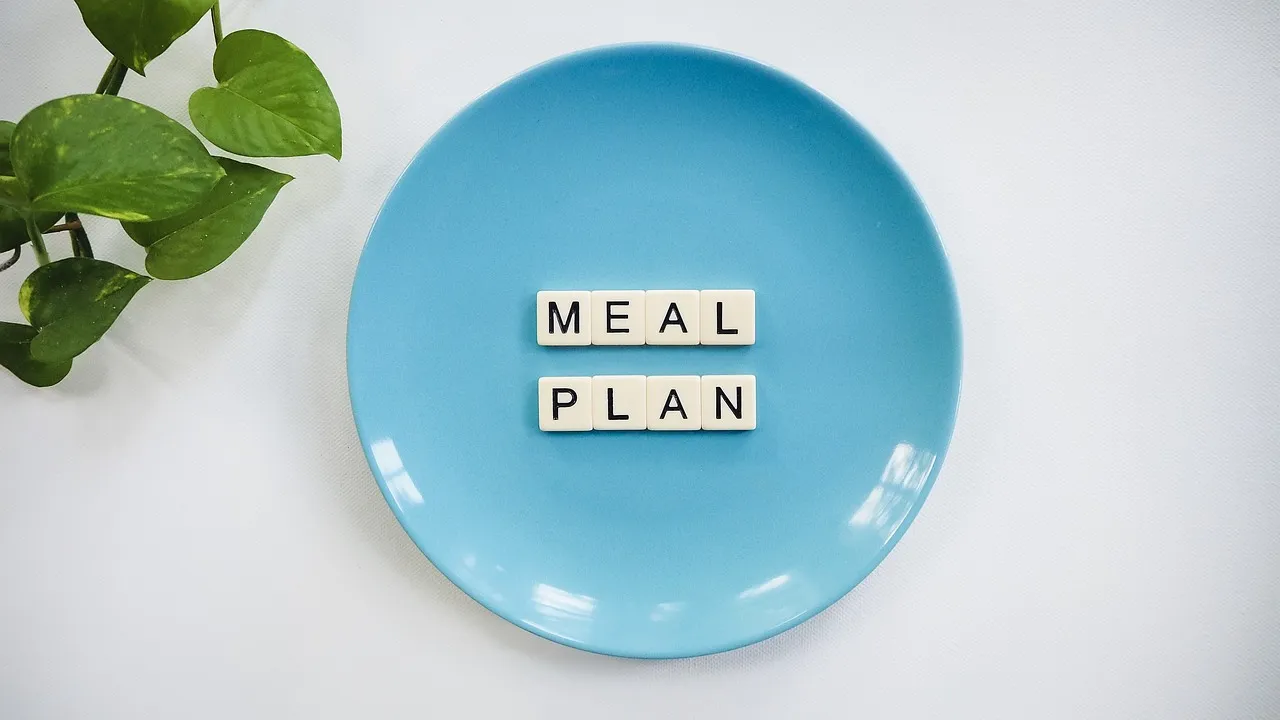Eating healthy doesn’t have to mean spending a fortune. With a little planning and smart shopping, you can enjoy cheap healthy meals and affordable meal prep that nourish your body without straining your wallet. In this guide, we’ll explore budget-friendly meal planning strategies—including using a weekly meal planner and focusing on low-cost family meals and budget-friendly recipes—that will help you eat well and save money. Whether you’re a student, a family on a budget, or just looking to cut down on grocery bills, these tips will help you make the most of every dollar.

Why Budget Meal Planning Matters
Meal planning on a budget helps reduce food waste, limits impulse purchases, and ensures you’re getting the nutrients your body needs. It also saves time and stress during the week, making mealtimes more efficient and enjoyable.
-
Create a Weekly Meal Plan
Start by planning your meals for the week using a reliable weekly meal planner. Include breakfast, lunch, dinner, and snacks to cover all your nutritional needs. Focus on high-protein, low-cost ingredients like eggs, beans, lentils, rice, and seasonal vegetables. This not only helps you eat healthy on a budget but also simplifies shopping and cooking. When you plan ahead, you’re more likely to avoid expensive last-minute takeout orders and can stick closely to your grocery list, reducing waste and saving money.
-
Shop with a List and Stick to It
Before heading to the store, make a detailed shopping list based on your weekly meal planner. This strategy is one of the top money-saving grocery tips as it helps you avoid impulse buying—one of the biggest culprits behind inflated grocery bills. Stick to your list and try to shop the store’s perimeter where you’ll typically find fresh produce, dairy, and meat. These areas often provide better nutrition and value compared to processed, packaged foods in the center aisles.
-
Buy in Bulk When Possible
Engaging in bulk grocery shopping can significantly lower your cost per unit, especially for pantry staples like:
- Rice
- Pasta
- Beans
- Oats
- Canned goods
When you buy in bulk, you’re not only saving on individual items but also reducing the number of shopping trips you need to make. This approach is especially useful when purchasing non-perishable items and ingredients you use frequently. Just make sure you have the storage space and a clear idea of what you’ll use to avoid waste.
Consider exploring wholesale food deals at warehouse clubs or bulk food retailers, which often offer major discounts compared to traditional supermarkets. These money-saving grocery tips can make a huge difference in your monthly food budget, especially for larger households or meal preppers.
-
Embrace Seasonal Produce
Seasonal fruits and vegetables are often significantly cheaper, more flavorful, and more nutrient-dense than their out-of-season counterparts. Shopping for produce that is in season locally helps you reduce grocery expenses while enjoying peak taste and freshness. Here are some examples of seasonal produce by time of year:
- Summer: zucchini, tomatoes, berries, corn, cucumbers
- Fall: apples, squash, sweet potatoes, broccoli, beets
- Winter: cabbage, citrus fruits, carrots, kale, leeks
- Spring: asparagus, spinach, strawberries, peas, radishes
Farmers’ markets, local co-ops, and community-supported agriculture (CSA) boxes are great places to find seasonal produce at lower prices. Plan your meals around these items to stretch your food budget while enjoying varied, nutrient-rich meals throughout the year.

-
Prep Meals in Advance
Meal prepping is one of the most effective ways to stay on track with your nutritional and financial goals. By dedicating just a few hours each week—typically on weekends—you can prepare multiple meals and snacks that are ready to go when life gets hectic. Use labeled containers to store portioned meals in the fridge or freezer for quick access.
Focus on versatile, budget-friendly ingredients like brown rice, grilled chicken, lentils, roasted vegetables, and hard-boiled eggs. These can be easily mixed and matched throughout the week to create a variety of dishes, reducing both time spent cooking and the temptation to order takeout.
These budget meal prep ideas are perfect for busy families, students, or anyone looking to eat well without spending too much. Incorporating cheap healthy meal prep into your routine can also help you stick to your meal plan and reduce food waste, while offering affordable lunch ideas that are both convenient and nutritious.
-
Use Coupons and Cashback Apps
Don’t underestimate the power of digital coupons and cashback apps when it comes to trimming your grocery bills. Before heading to the store, check apps like Ibotta, Rakuten, Honey, or your local grocery store’s app for active promotions. Many stores also offer loyalty programs that give you access to exclusive discounts, personalized offers, or points you can redeem for future purchases.
Combining these savings with your weekly meal plan allows you to maximize your grocery budget while still enjoying high-quality ingredients. Some apps even track your savings over time, which can be a motivating way to stick with your budget-conscious habits.
-
Limit Food Waste
One of the easiest ways to save money is by reducing food waste. Start by regularly checking what you already have in your fridge, freezer, and pantry before making your shopping list. This prevents duplicate purchases and helps you use up items before they spoil.
Get creative with leftovers—use roasted vegetables in omelets, turn last night’s chicken into wraps or stir-fries, and combine smaller portions of various ingredients to create hearty grain bowls or soups. Designate one day each week as a “clean-out-the-fridge” meal night where you use up everything that’s still fresh and safe to eat. Not only will this reduce waste, but it also encourages resourcefulness and culinary creativity.
Freezing leftovers and extra ingredients is another effective way to extend their shelf life and reduce spoilage. Investing a little time into proper storage techniques can save you a lot of money over time.

Conclusion: Eat Smart, Spend Less
Eating well doesn’t have to mean spending more. With a strategic approach to meal planning, grocery shopping, and kitchen organization, you can enjoy delicious, nutritious meals while staying within your budget. By implementing these budget-friendly techniques—such as creating a weekly meal planner, taking advantage of bulk grocery shopping, and prioritizing seasonal produce—you’ll find that it’s not only possible to reduce food costs, but also to improve your overall health and quality of life.
Each small habit adds up: prepping meals in advance saves time and curbs impulsive spending; using coupons and cashback apps leads to consistent savings; and minimizing food waste stretches your ingredients further. Together, these steps empower you to take full control of your food expenses without sacrificing taste or nutrition.
Bonus Tip: Enhance your efforts by using a free meal planning app or budget grocery tracker. These tools can streamline your routine, keep you accountable, and provide insights into your spending habits—making it even easier to eat smart and spend less every single week.
